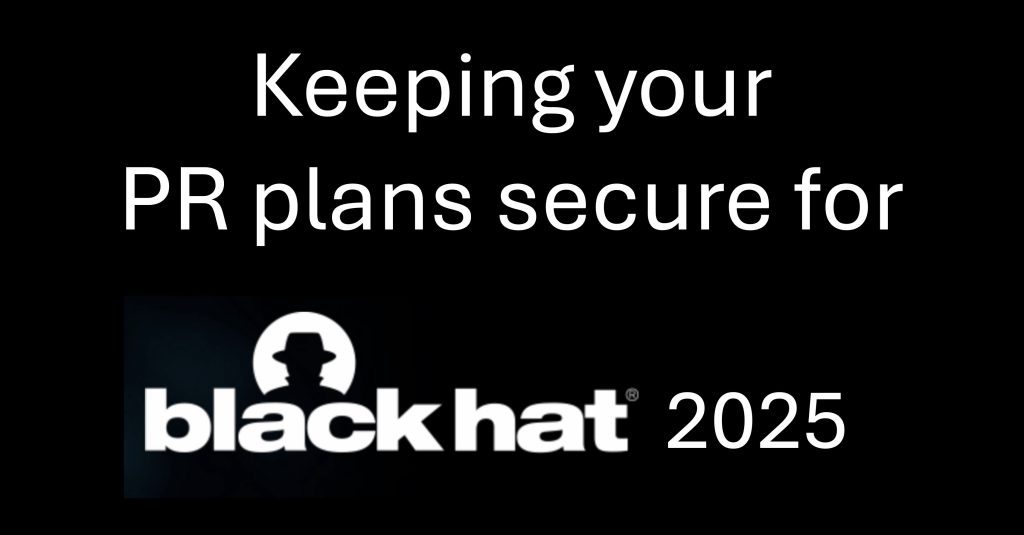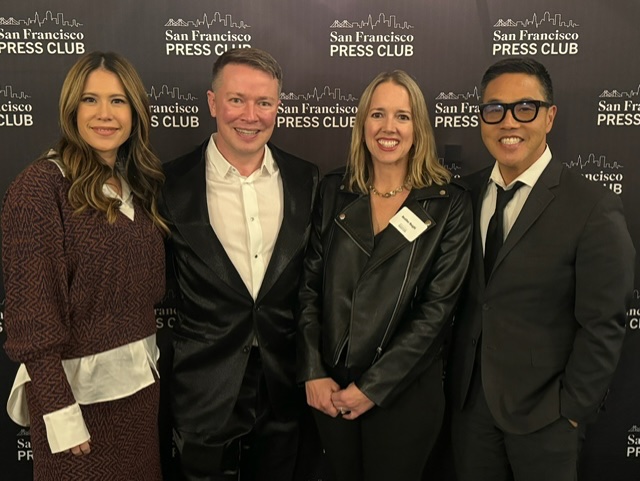
Editor’s note: This blog post and interview are part of Bospar’s new Media Mouth series, which provides industry insights from some of today’s top tech journalists and writers.
Marc Saltzman is a prolific tech expert with one simple goal: to break down geek speak into street speak. Marc, a freelance journalist who has written for more than 20 publications (including USA TODAY), is also a book author, radio and podcast personality, public speaker, and host of Tech Impact, which airs on Bloomberg Television and FOX Business.
What do you look for in the stories you write?
Anything interesting or unique. I get pitched a lot on tech items that are just the same as others but a different brand. So, it helps when the pitch is interesting, timely or maybe tied to something happening, like back to school or a pandemic, to make it more relevant. But even though it’s not up to the public relations person, pulling something unique out of that product and doubling down on it is a smart approach. Also, a short pitch is great, but it’s better when more details are included, perhaps in the email or as an attachment, for a deeper dive. And images help to sell the product, too, if it’s a consumer electronics item or video game.
What are some key elements for a good story?
I think you’ll find journalists will give you different answers to this. For me, covering tech, I want to make a story interesting to the reader. Technology can be very dry and boring, so I always try to find a fresh and fun way to introduce the topic to lure the reader into the copy and keep them engaged. My approach to tech is what I call “breaking down geek speak into street speak.” A good story doesn’t have to always be timely, as it could be an evergreen topic, but it needs to be relevant to the reader. Finally, the journalist has to be accurate in their reporting. Even though I don’t call myself a reporter, if I’m writing something factual, it has to be accurate. I know that it seems obvious, but there is a lot of misinformation out there, whether it’s accidental or on purpose.
What makes you feel proud about a story you write?
Even though I’ve written for mainstream publications for 25 years, I still get a kick out of a full-page spread in a national newspaper, a big hit in a popular magazine, or on a huge website or portal like MSN or Yahoo! Going back to stories I’ve written, I feel proud when a story resonates with readers and when I get a lot of feedback. If it stimulates discussion (and sometimes debate), then I think it was well worth it. Often with tech, people fear voicing their opinion because they may not be too familiar with the topic, especially for the publications that I write for. But I like when I can break through and they have an epiphany, as they perhaps understand something that they may have struggled with previously.
What are the current challenges you face in this media landscape?
Thankfully, I don’t find many challenges these days in my writing work. There has always been competition in the freelance writing space, and that remains true today, but I’m fortunate to have regular columns in several big publications and have been able to hold on to them for years and even decades. In fact, this October will be my 23rd year with USA TODAY as a weekly contributor. I’ve been with the AARP magazine since the ‘90s (when it was called Modern Maturity magazine) and Costco Connection magazine for 17 years. I am proud of these relationships, but I never take them for granted. At any time, a new editor can come in and decide they want to work with different journalists, which is totally cool, but, thankfully, I haven’t seen too much volatility in this regard. I also enjoy the other work I do, such as radio and podcast hosting, TV shows and keynote speeches. Perhaps the biggest challenge for me, though, is growing a social media following to the size/impact I’d like.
What advice do you have for individuals who pitch you?
I touched on this a little bit earlier, but make sure pitches are short and concise while providing the option to take a deeper dive without having to write back to ask for more information. Supplying a link or attachment is ideal. Include some media, like a photo or link to a YouTube video, to really sell what the product looks like and how it functions. Don’t make the journalist work too hard to get what they need to decide if it’s ideal for them or not. (I’ve had inexperienced PR people tell me to Google the product so I can learn more about it.) If the journalist/editor/producer doesn’t write back, which is common, of course, since we’re all so busy, don’t hesitate to write again, but don’t do it hours later. It’s annoyingly aggressive. Give it a couple of days and then write again. If they’re really not writing back, change the subject line or even include their name in the subject line to make them read it. A little bit of work will go a long way.
What are some of the worst pitch practices you have seen?
Aside from getting pitches that aren’t relevant to me, I’m often asked to write about something I just wrote about, and when I politely tell them I just covered this topic, they ask me to write about it again right away, or, worse, to pull the story that was just published and edit it to include their product. Can you imagine? It has happened many times. In fact, when my USA TODAY article drops every weekend, by Monday I have 40 or 50 emails from competing companies asking why they weren’t included. It just happens.
Other worst pitch practices: sending text messages or social media DM as a pitch. And when I write back and ask them to only send email – so it’s all organized in one place – they continue pitching me over Facebook Messenger, Twitter DM, Instagram, or an SMS.




